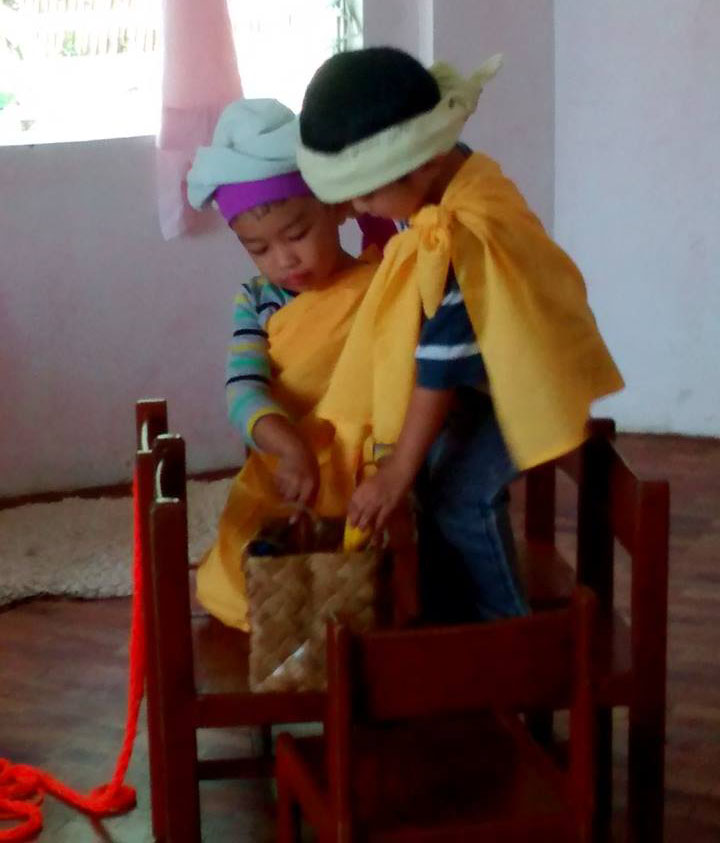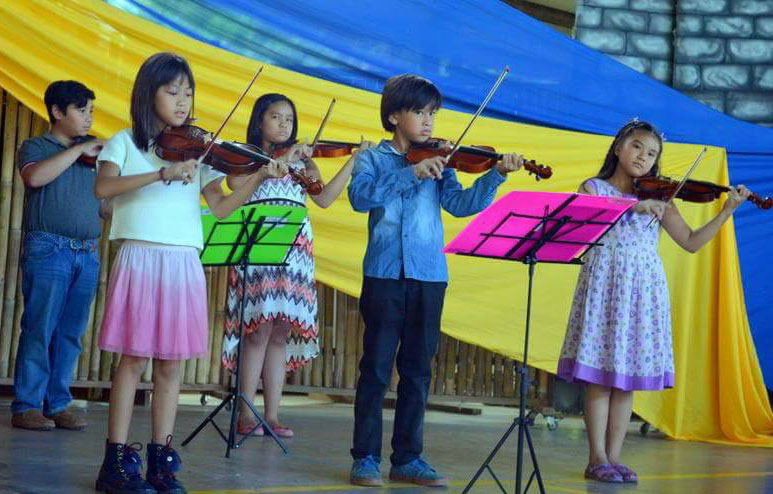School Life
Early Childhood (Age 3-6)
Kindergarten – Awakening the Will
The goal of the Waldorf kindergarten (Palaruan) is to develop a sense of wonder in the young child and a reverence for all living things. This creates an eagerness for the academics that follow in the grades. Kindergarten is intended to be a home-like experience so that the young child feels secure and comfortable in his first step away from the family home.
Kindergartners are phenomenal imitators. Therefore, the teacher must be a role model worthy of their imitation. The teacher also provides the rhythm, ritual and reverence that live within the Waldorf kindergarten.
Active play (indoor and outdoor) is a key component of the Waldorf early childhood program, which helps your toddler in his/her development: emotionally, mentally and actively while they learn.
The rhythm of each morning provides a balance between individual free and imaginative play and organized group activity. Activities include household tasks such as baking, sweeping, and planting; artistic activities such as beeswax modeling, drawing and watercolor painting; and linguistic activities such as listening to classical folk tales, watching puppet shows, and role-playing.
Every day there is a “circle time” with singing and movement, and the day concludes with the telling of a traditional story.


Grade School: Paaralan
Nourishing The Heart and Soul


Upper School: Kawayan
Freeing the Mind
















